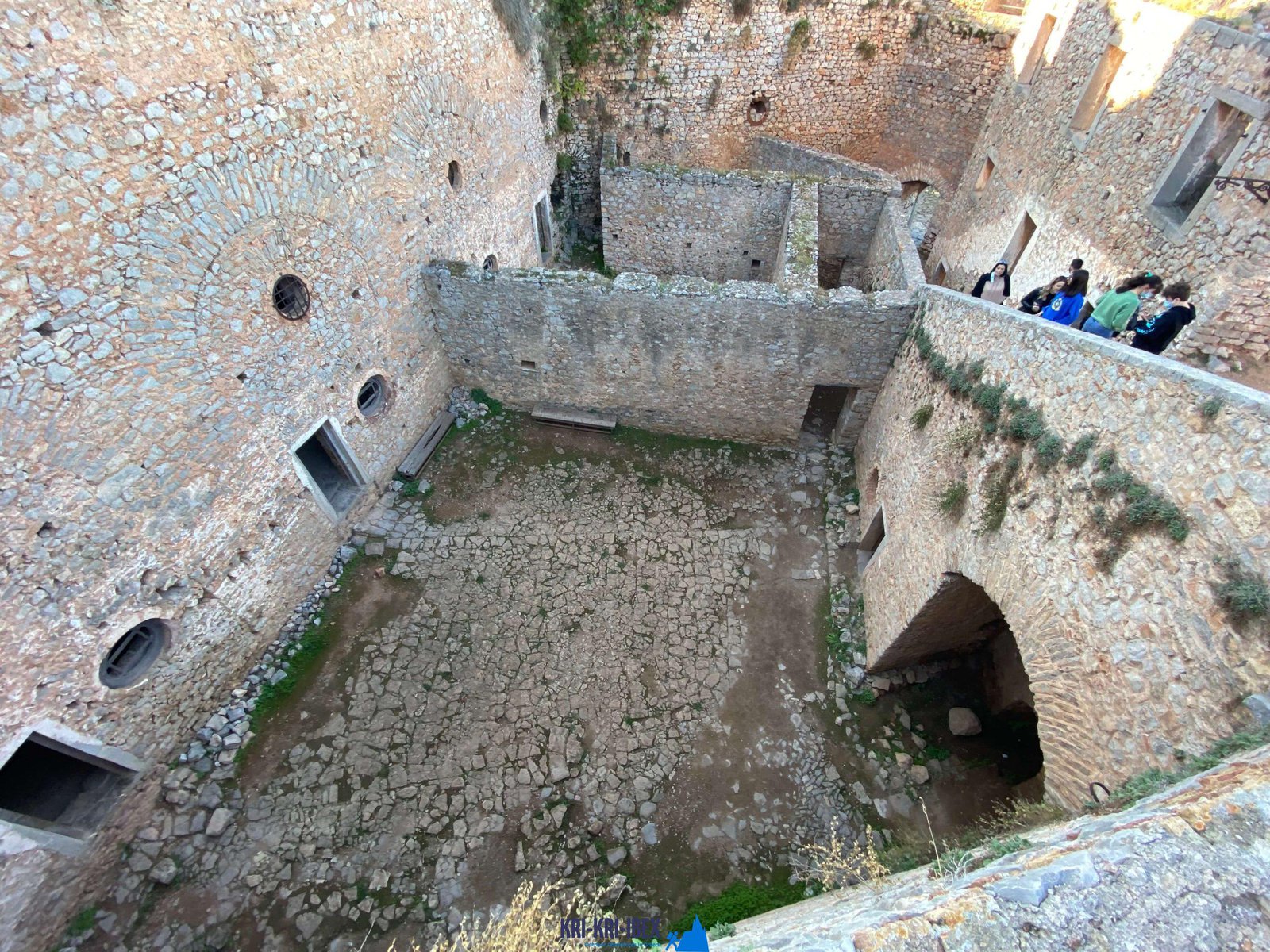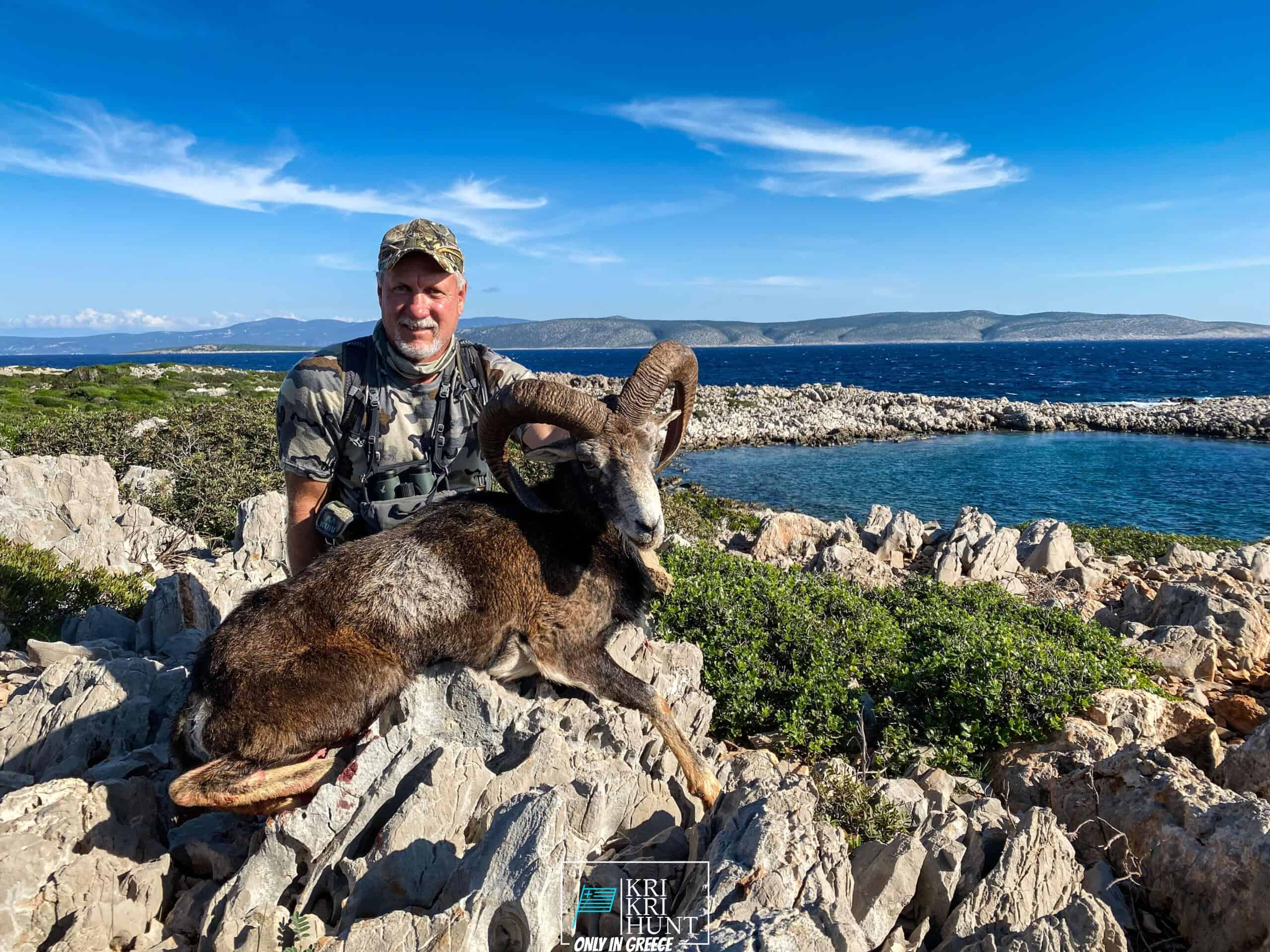
The Peloponnese peninsula on the Greek Mainland is frequently referred to as the 'genuine' Greece. This is due to the fact that it has managed to stay reasonably untouched by mass tourism and also maintains much of its typical charm. Peloponnese is the place for you if you're looking for an authentic Greek experience. As well as what far better way to explore this lovely region than on among our exterior hunting, angling, and also cost-free diving tours?

This Ibex is NOT a small kind of the Bezoar Ibex, which has actually moved right into the western-most reach of the range of this species. The kri-kri (Capra aegagrus cretica), also called the Cretan goat, Agrimi, or Cretan Ibex, is a native goat varieties living in the eastern Mediterranean, which was once thought to be a subspecies of wild goat. This kri-kri is a feral goat with a light brown coat with a dark collar. They have 2 sweeping horns on their heads. Throughout the day, they relax and avoid site visitors, staying clear of travelers. The kri-kri can leap a long way or range relatively vertical cliffs.
The first thing you will certainly notice when you show up in the Peloponnese peninsula is the amazingly lovely landscape. The hills, lakes, rivers, and also forests make this location a nature lover's heaven. There are likewise plenty of chances for hiking, fishing, swimming, and other outdoor tasks. The Peloponnese peninsula is not just regarding its all-natural elegance; there are additionally numerous historic and social websites to discover. Don't forget also angling, free-diving and hunting. A few of one of the most prominent traveler destinations in the Peloponnese include old Olympia, Epidaurus, Mycenae, and also Sparta. These destinations use a remarkable peek into Greece's abundant history and culture. If you are interested in learning more concerning Greek mythology, after that you will certainly wish to go to Mount Olympus, house of the 12 Olympian gods. Of course, no trip to Greece would be total without attempting some of the delicious food. The Peloponnese peninsula is house to some of the best olive oil on the planet as well as feta cheese, olives, honey, as well as white wine. Make certain to try some of the neighborhood specializeds such as dolma (stuffed grape leaves), Souvlaki (grilled meat skewers), and also Gyro (meat covered in pita bread).
If you're trying to find a genuine Greek experience, then look no more than our outdoor hunting in Greece with fishing, as well as cost-free diving scenic tours of Peloponnese. This is an extraordinary way to see every little thing that this incredible area needs to use. Book your tour today!
What is the diference between Kri Kri ibex, Bezoar ibex and hybrid ibex
The kri-kri is not thought to be indigenous to Crete, most likely having been imported to the island during the time of the Minoan civilization. Nevertheless, it is found nowhere else and is therefore endemic to Crete. It was common throughout the Aegean but the peaks of the 8,000 ft (2,400 m) White Mountains of Western Crete are their last strongholds–particularly a series of almost vertical 3,000 ft (900 m) cliffs called ‘the Untrodden’—at the head of the Samaria Gorge. This mountain range, which hosts another 14 endemic animal species, is protected as a UNESCO Biosphere Reserve. In total, their range extends to the White Mountains, the Samaria National Forest and the islets of Dia, Thodorou, and Agii Pandes.
This Ibex is NOT a diminutive form of the Bezoar Ibex, which has migrated into the western-most reach of the range of this species. The kri – kri (Capra aegagrus cretica), sometimes called the Cretan goat, Agrimi, or Cretan Ibex, is a feral goat inhabiting the Eastern Mediterranean, previously considered a subspecies of wild goat. The kri-kri has a light brownish coat with a darker band around its neck. It has two horns that sweep back from the head. In the wild they are shy and avoid tourists, resting during the day. The animal can leap some distance or climb seemingly sheer cliffs.
“The agrimi goat Capra aegagrus cretica is unique to Crete and its offshore islands. It has been identi®ed as a sub-species of the wild bezoar goat Capra aegagrus aegagrus Erxleben, 1777, which it closely resembles in horn shape, body form and coloration. This classi®cation has been disputed by some researchers who claim that the agrimi are feral goats, derived from early domestic stock brought to the island by the ®rst Neolithic settlers. In order to clarify this issue, DNA analyses (cytochrome b and D loop sequences) were carried out on tissue of live and skeletonized agrimi and compared to sequences of wild and domestic caprines. Results conclusively show the agrimi to be a feral animal, that clades with domestic goats (Capra hircus) rather than with wild Asiatic bezoar. This study demonstrates that morphometric criteria do not necessarily re¯ect genetic af®nities, and that the taxonomic classi®cation of agrimi should be revised.”